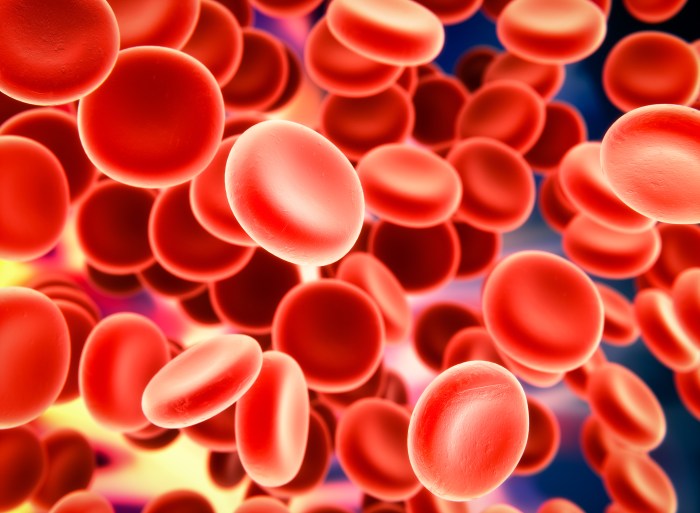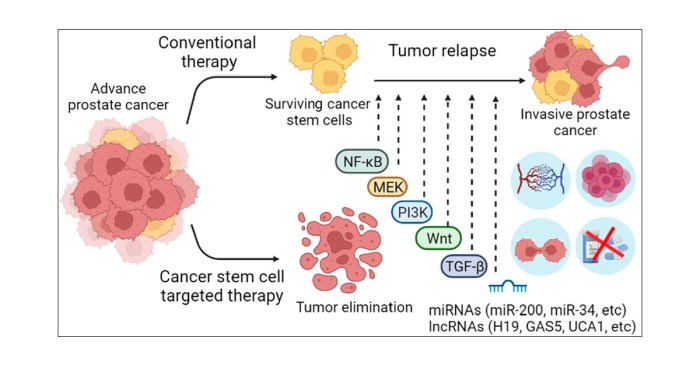Studies of rapidly dividing embryonic animal cells revealed a fascinating world of cellular processes that drive embryonic development and hold immense potential for regenerative medicine. These cells exhibit remarkable growth and proliferation rates, making them a crucial subject of investigation for understanding the fundamental principles of life.
The rapid cell division in embryonic animal cells is a highly regulated process involving complex mechanisms that ensure accurate duplication and distribution of genetic material. Understanding these mechanisms is essential for gaining insights into the intricate processes of embryonic development and the potential applications in regenerative medicine.
Cell Division and Growth
Rapidly dividing embryonic animal cells play a crucial role in the development of multicellular organisms. These cells undergo a high rate of mitosis, increasing their numbers exponentially to form the various tissues and organs of the embryo. Examples of rapidly dividing embryonic animal cells include blastomeres in early embryos, stem cells in the developing fetus, and progenitor cells in specific tissues.
The mechanisms regulating cell division in rapidly dividing embryonic animal cells are complex and tightly controlled. Key factors involved include cell cycle checkpoints, growth factors, and signaling pathways. These mechanisms ensure that cells divide at the appropriate time and in the correct sequence, allowing for proper development.
Cell Cycle and Progression

Rapidly dividing embryonic animal cells progress through the cell cycle stages with remarkable efficiency. The cell cycle consists of four distinct phases: G1, S, G2, and M (mitosis). During G1, cells grow and prepare for DNA replication. In S phase, DNA is replicated.
G2 phase allows cells to check for DNA damage before entering mitosis. Mitosis is the process of cell division, resulting in the formation of two identical daughter cells.
Cell cycle checkpoints are critical control points that ensure accurate cell division. These checkpoints monitor cell size, DNA integrity, and other factors before allowing cells to progress to the next phase of the cell cycle. Disruptions in cell cycle checkpoints can lead to developmental abnormalities and diseases.
Gene Expression and Regulation
The rapid division of embryonic animal cells requires precise regulation of gene expression. Key genes involved in cell cycle progression, growth, and differentiation are tightly regulated to ensure proper development. Transcription factors and signaling pathways play crucial roles in controlling gene expression during this process.
Transcription factors bind to specific DNA sequences and regulate the initiation of gene transcription. Signaling pathways transmit extracellular signals to the nucleus, influencing gene expression and cellular processes. Dysregulation of gene expression can lead to developmental defects and diseases.
Cell Differentiation and Fate

As embryonic animal cells divide rapidly, they also undergo differentiation, a process by which they acquire specialized functions and characteristics. Cell fate is determined by a combination of genetic factors and environmental cues. Cell-cell interactions and signaling molecules play crucial roles in coordinating differentiation events.
During differentiation, cells express specific sets of genes that determine their unique functions. Transcription factors and signaling pathways regulate these gene expression programs, ensuring that cells develop into the appropriate cell types.
Experimental Techniques: Studies Of Rapidly Dividing Embryonic Animal Cells Revealed

Studying the rapid division of embryonic animal cells requires sophisticated experimental techniques. Researchers employ various methods to investigate cell cycle regulation, gene expression, and differentiation processes.
One common approach is to culture embryonic animal cells in vitro and manipulate specific factors to study their effects on cell division and development. Techniques such as flow cytometry, immunofluorescence, and RNA sequencing are used to analyze cell cycle progression, gene expression patterns, and protein localization.
Applications and Implications

Research on rapidly dividing embryonic animal cells has broad applications in understanding embryonic development and regenerative medicine. Insights gained from these studies can contribute to the development of novel therapies for developmental disorders and regenerative treatments for damaged tissues.
Additionally, research on embryonic animal cells raises ethical considerations related to the use of animal embryos in research. Balancing the potential benefits of research with ethical concerns is crucial to ensure responsible and ethical practices.
Detailed FAQs
What are the key genes involved in the rapid division of embryonic animal cells?
Key genes involved include cyclins, cyclin-dependent kinases, and cell cycle checkpoints.
How is cell fate determined in rapidly dividing embryonic animal cells?
Cell fate is determined by a combination of genetic factors, cell-cell interactions, and signaling molecules.
What are the potential applications of research on rapidly dividing embryonic animal cells?
Potential applications include regenerative medicine, understanding embryonic development, and developing novel therapies for diseases.